Fever is the body's most powerful tool for cleansing itself of toxins and restoring cellular balance. The purpose and function of fever has been written about going back to Hippocrates and Galen.
Hippocrates wrote, “Give me a fever, and I can cure any disease.” He saw fever as the body’s genius mechanism to burn off imbalance when it reached a tipping point - he particularly focused on the balance of the humoral system, as he believed disease was caused by an imbalance of the 4 humors.
To Hippocrates fever was a sign the body was still strong and capable of coordinating its energy to mount a defense and purify cellular environments. He advocated for supporting the process, not reducing or stopping it.
Galen wrote that fevers were a critical turning points in illness, helping the body cleanse itself of any interference. He saw fever as a function vital for health. He believed fever was how the body "cooked" or burned toxins, debris and decay to restore health and balance across all cell systems. Basically, he saw it as a biological alchemy process.
Fever isn't a sign of weakness in the body, its a sign that the body is in the process of expelling anything which is disrupting its function. The science has proven decade after decade that fevers actually reduced morality from illness. Yet the fever fear is still pervasive in our society.
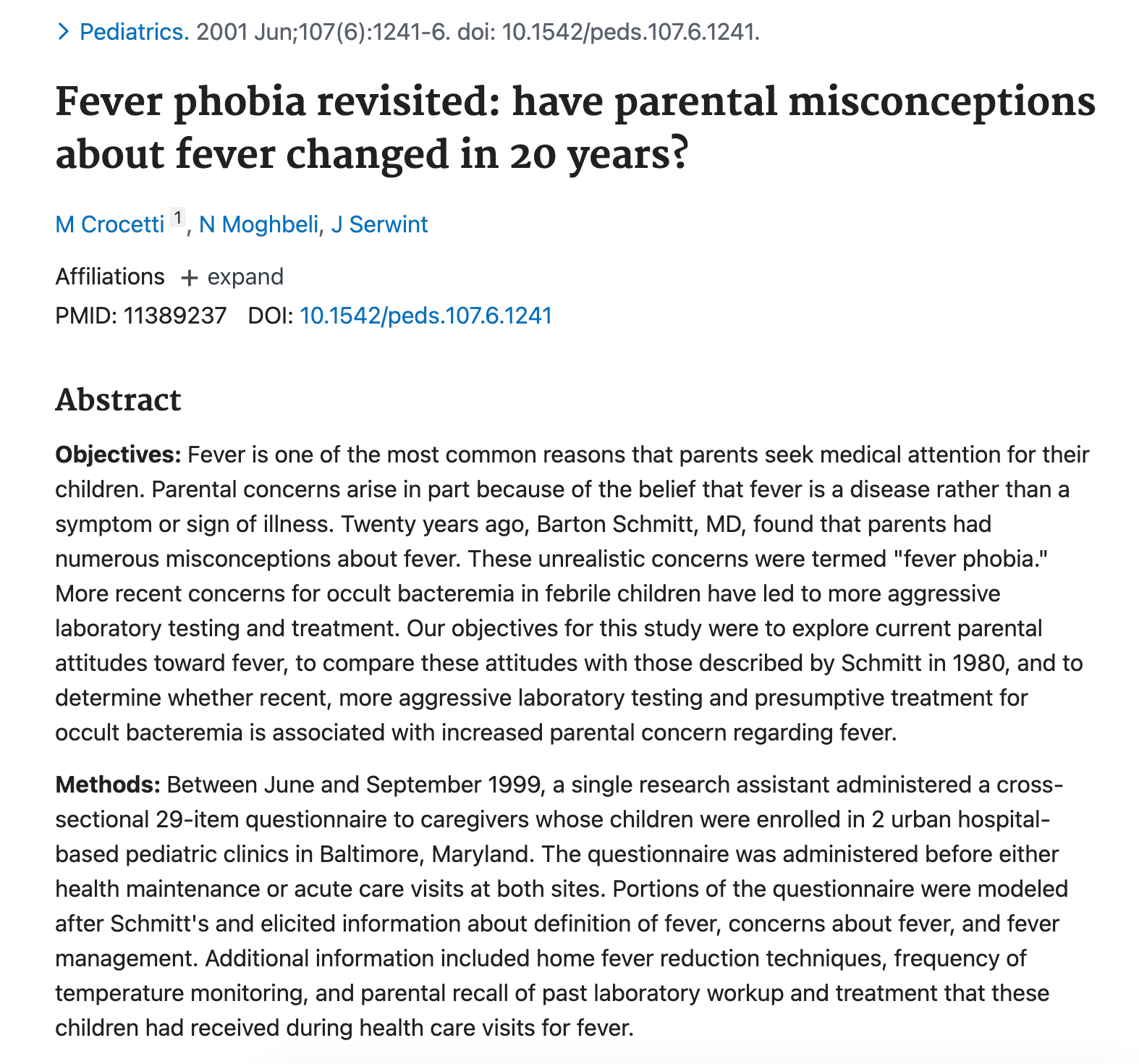

The body doesn’t raise its temperature by accident, and it's not a sign of harm from a viral attack - it’s a coordinated, regulated process. Increased heat slows down pathogen replication, hyper charges cells and helps them break down accumulated waste and burn it off.
But the temperature of the body is a not a function of the number of cells 'burning'. It's not like temperate indicates that more damage is being done or more cells are infected. The temperature the body reaches in a fever is dependent upon the fire needed to burn the substances that have built up. The denser the debris, the more intense the flame.
But at no point during a normal fever is there any risk to the body - fevers have a maximum temperature. Fevers aren't out of control forest fires, they're are a coordinated effort involving every cells in the body.
Think of it like a bonfire. You can add more and more firewood to the fire, increasing the amount of heat being given off, but the temperature of that heat has a maximum of 1,500°F.

Another way to think of it is how once your drink is “ice cold,” adding more ice won’t make it colder, it stays at the temperature limit of melting ice, 32°F, until a state change occurs.

These systems are self-regulating, bound by the physical laws of heat and energy exchange, and the human body works the same way.
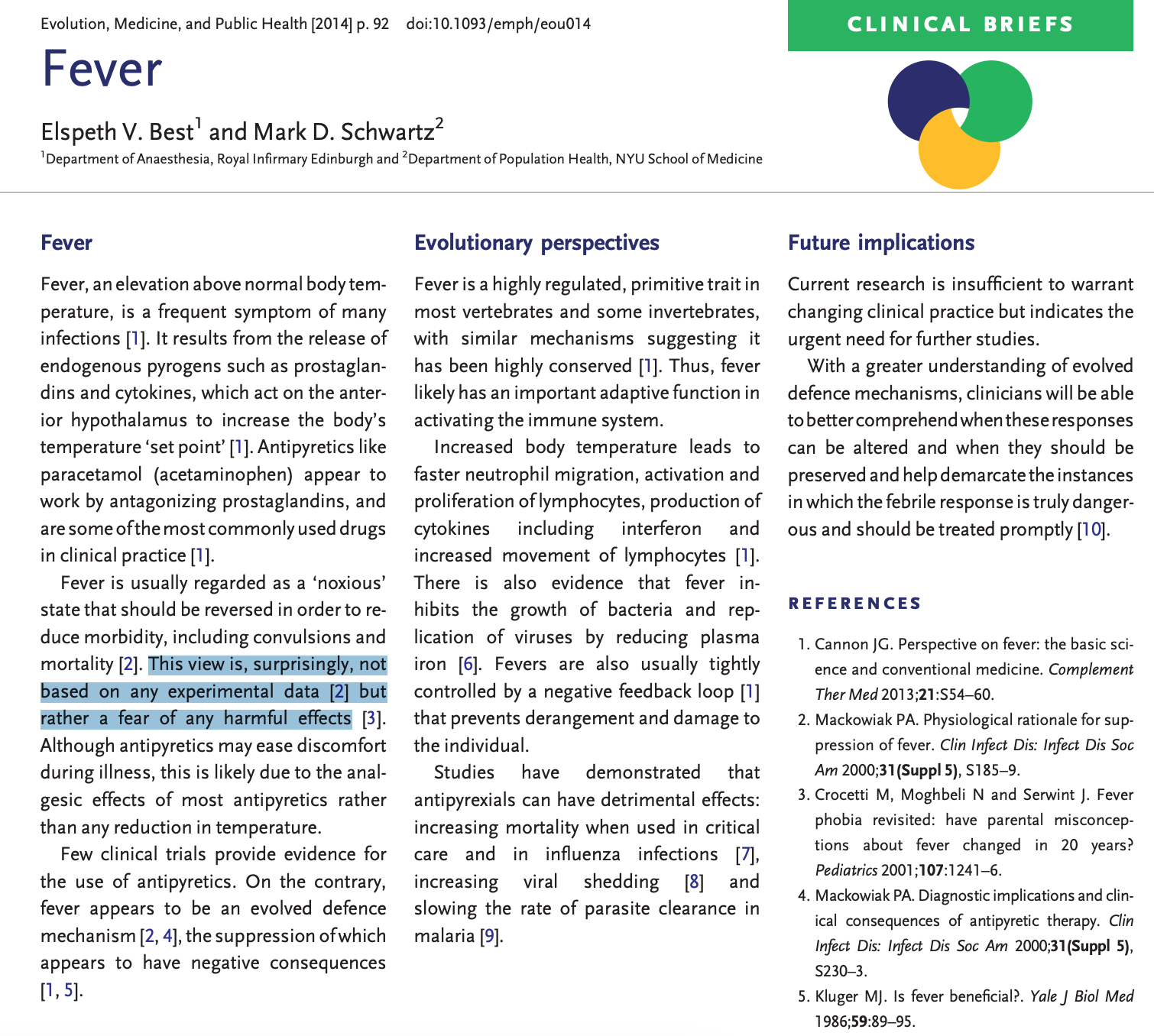
A natural fever has a built-in ceiling, usually peaking around 105°F. It's rare for it to exceed this without external factors or dysfunction. True hyperthermia, where temperatures climb to 108°F, can cause brain damage, but this typically reflects a failure in thermoregulation, often due to neurological trauma, certain drugs, or a disrupted immune system, rather than a standard fever.

As body temperature rises, metabolic activity increases across nearly every cell type. This promotes the breakdown of damaged proteins, cellular debris, and other biological byproducts that have accumulated.
Not only does fever power the body to fight, most bacteria and viruses struggle to survive at higher temperatures, so fever actively weakens them.
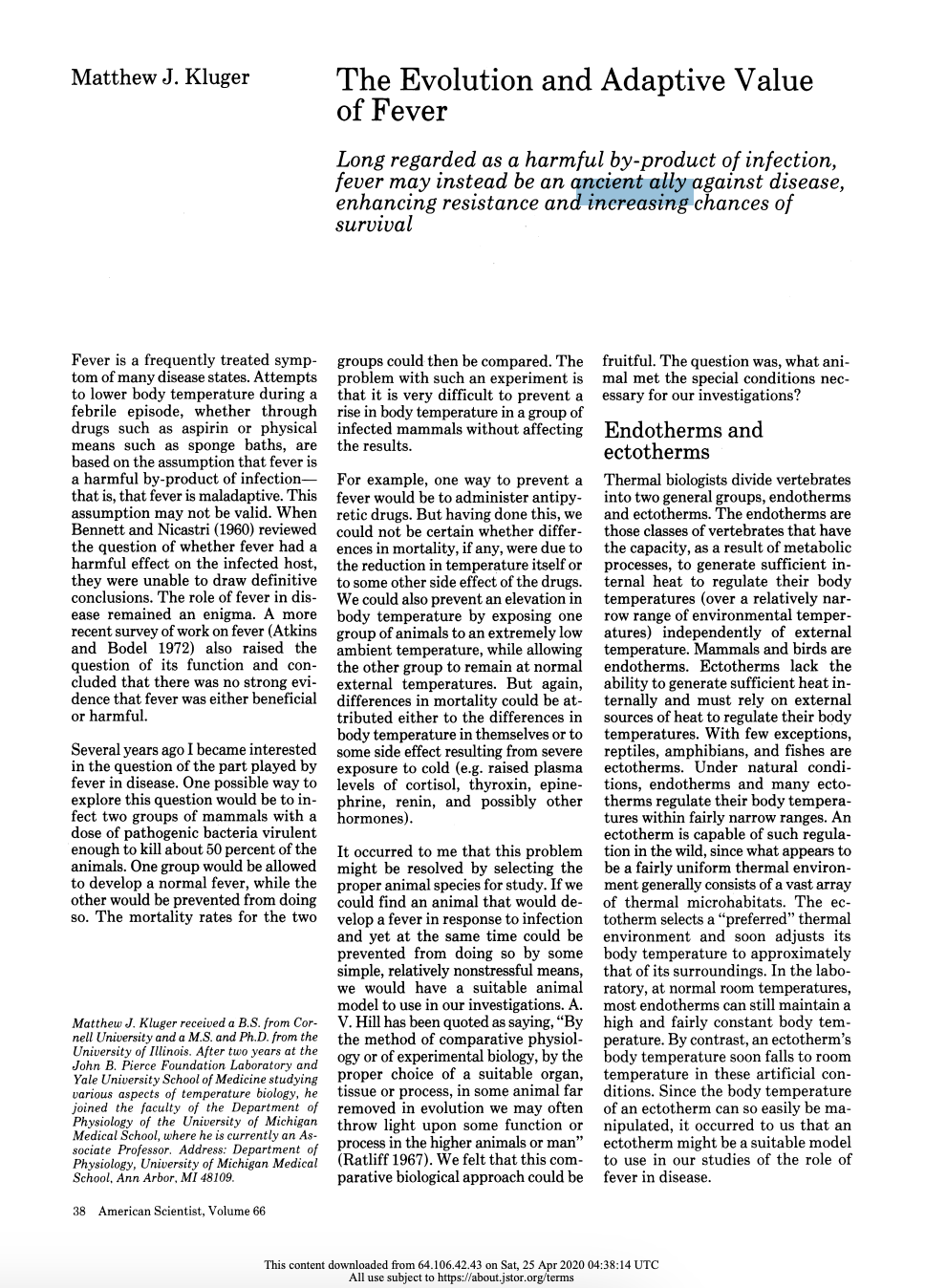
This heating process changes the blood’s chemistry, lowering pH, increasing acidity and prompting cells to contract. This contraction raises internal pressure and energy potential inside cells. The heart rate will rise and blood will flow with greater pressure through contracted vessels, creating more friction, more heat and energy.
At this point, a lot of cells begin producing heat themselves, further promoting the breakdown and elimination of toxins, debris build up, metabolic waste and even damaged cells.
This is a like a system-wide spring cleaning.
The difference in charge and pressure between blood plasma and the inside of cells begins to decrease, and as it does cells temporarily lose some of their ability to control selective signaling and boundary control. That temporary state is part of the rebalancing process, once the threat is neutralized, homeostasis is restored.
It's the body's way of setting all the crud on fire, chewing it up and spitting it out as pieces to be safely flushed out. Fever is a function performed by the body - it is not inherently harmful. It actually results in the production of heat shock proteins, which repair cellular damage and improve protein folding, reducing the risk of disease.

Suppressing this process by artificially lowering a fever can interrupt that coordinated cleanup and delay recovery. The body raises temperature only as high as needed to destroy cells, proteins, or microbes that aren’t contributing to function and are instead draining resources.
It’s not a malfunction!! It’s a strategic recalibration that acts as a "reset" mechanism for cellular health and restores the balance and equilibrium across the body.
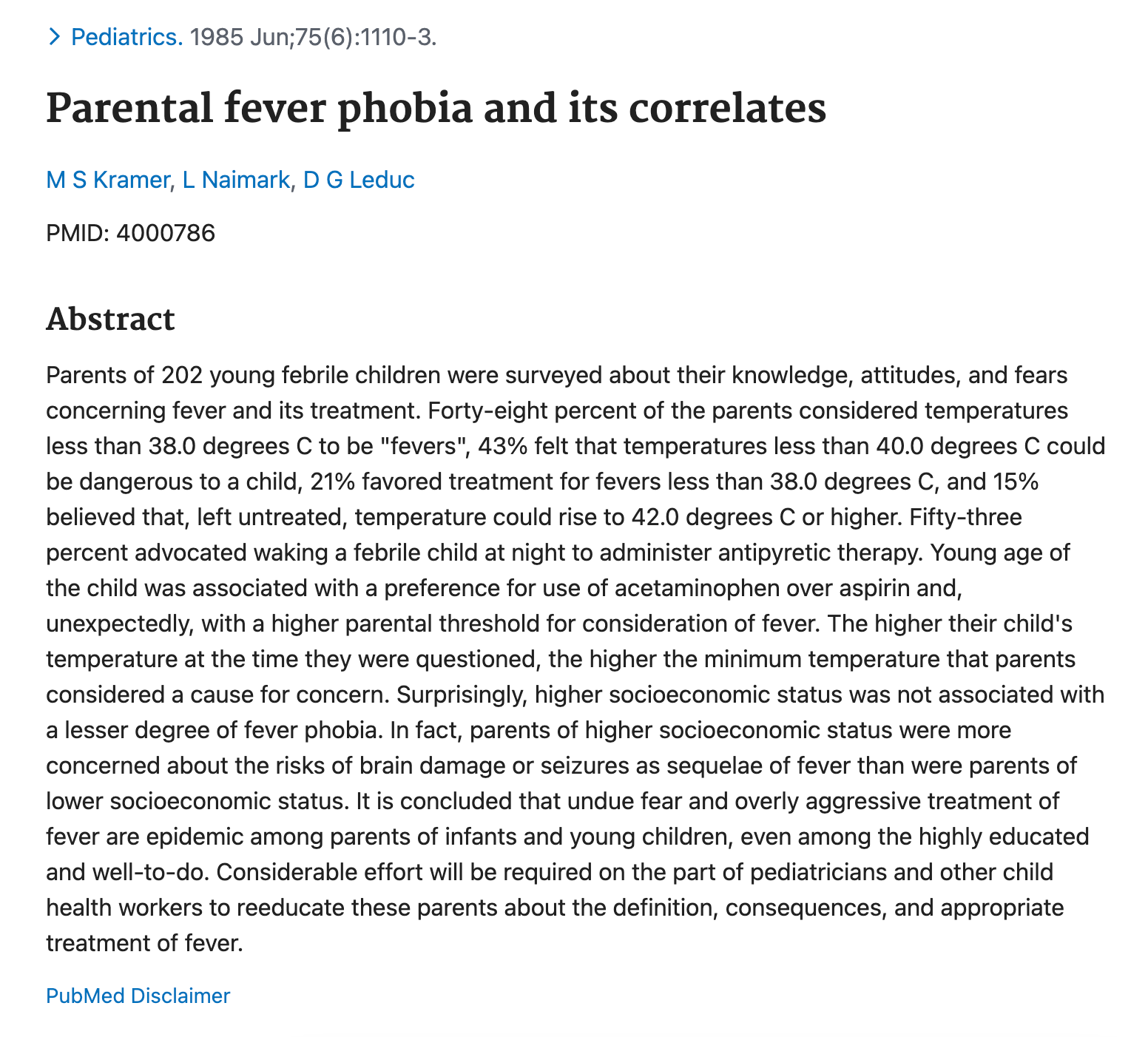
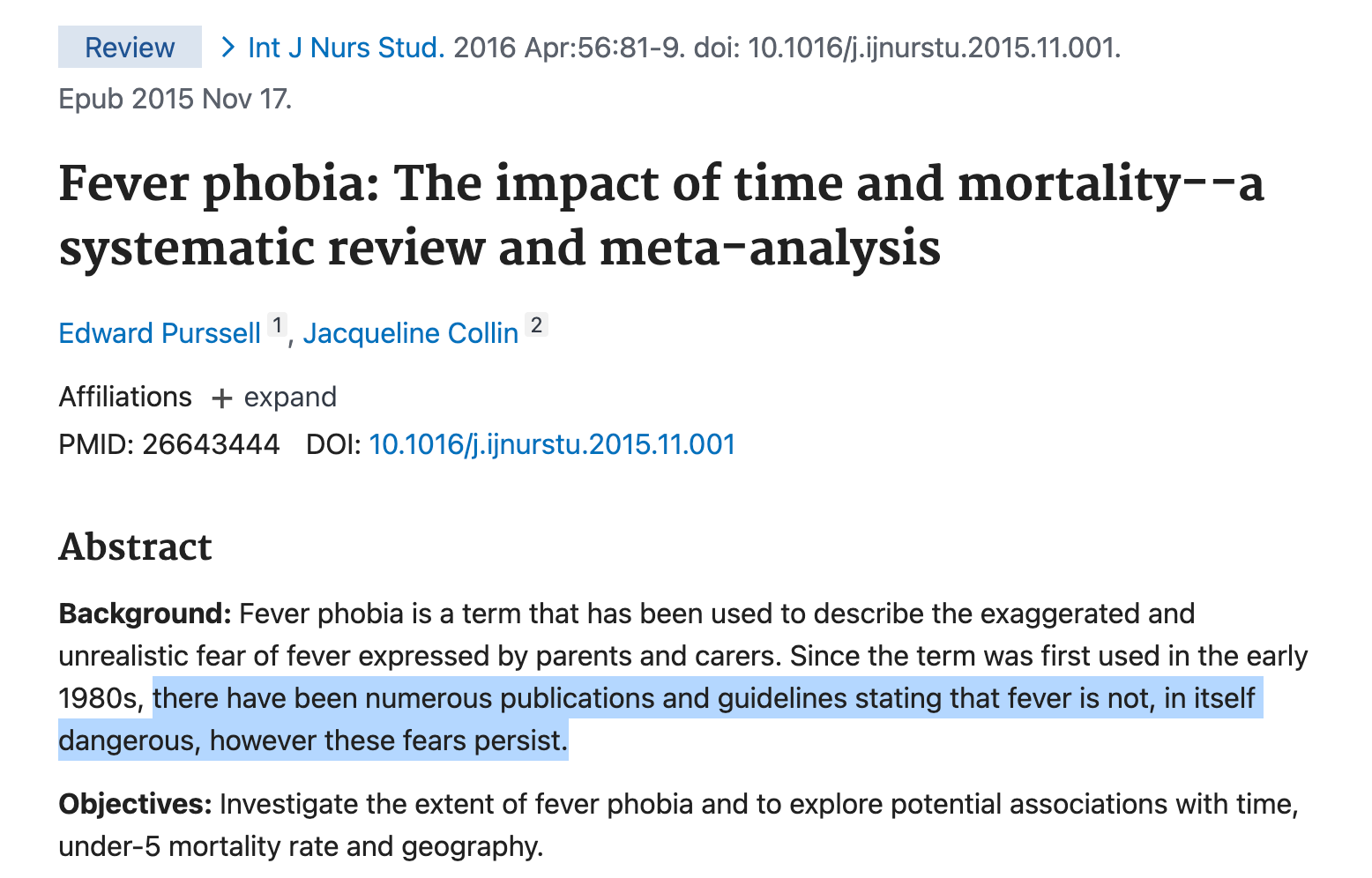
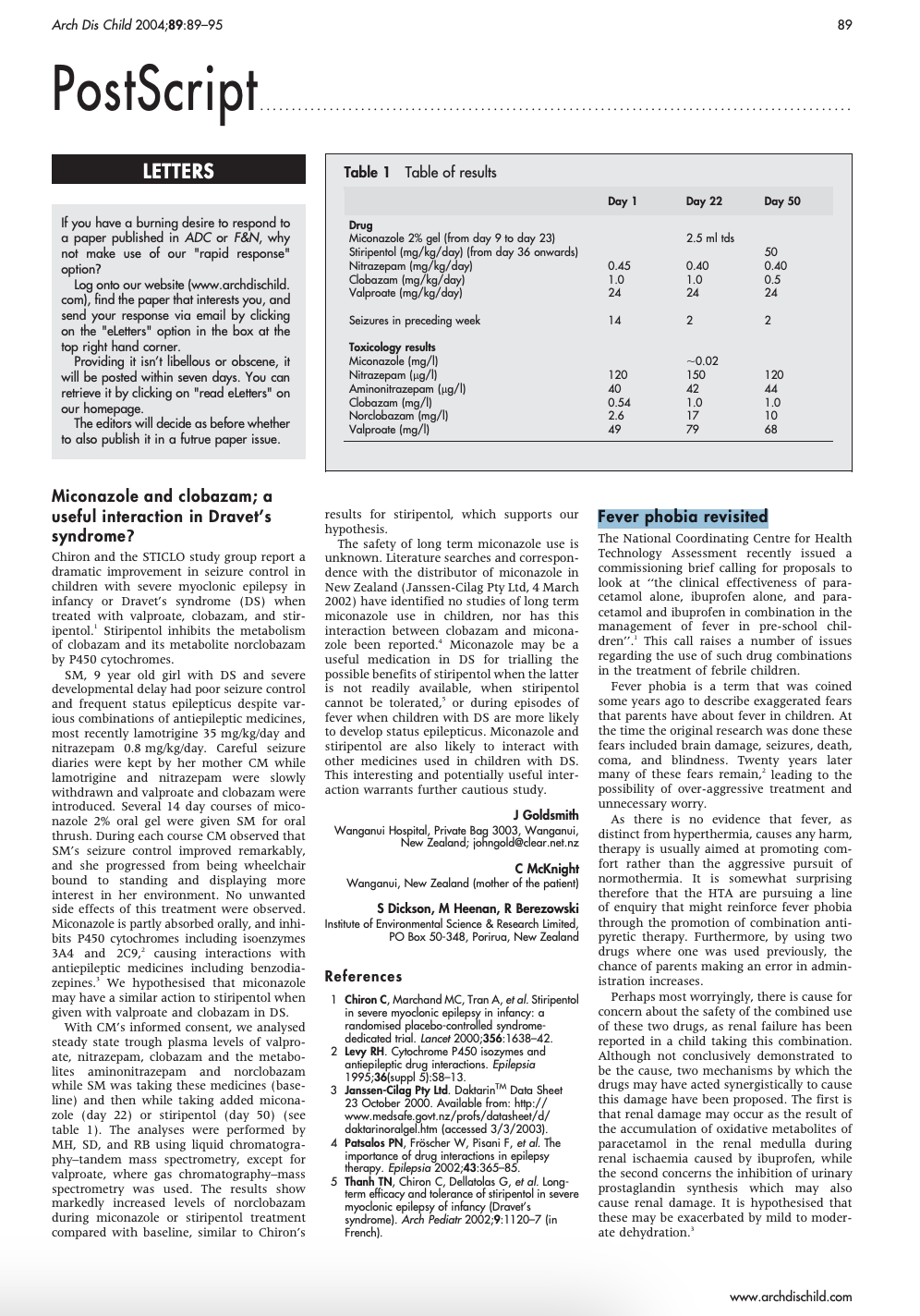
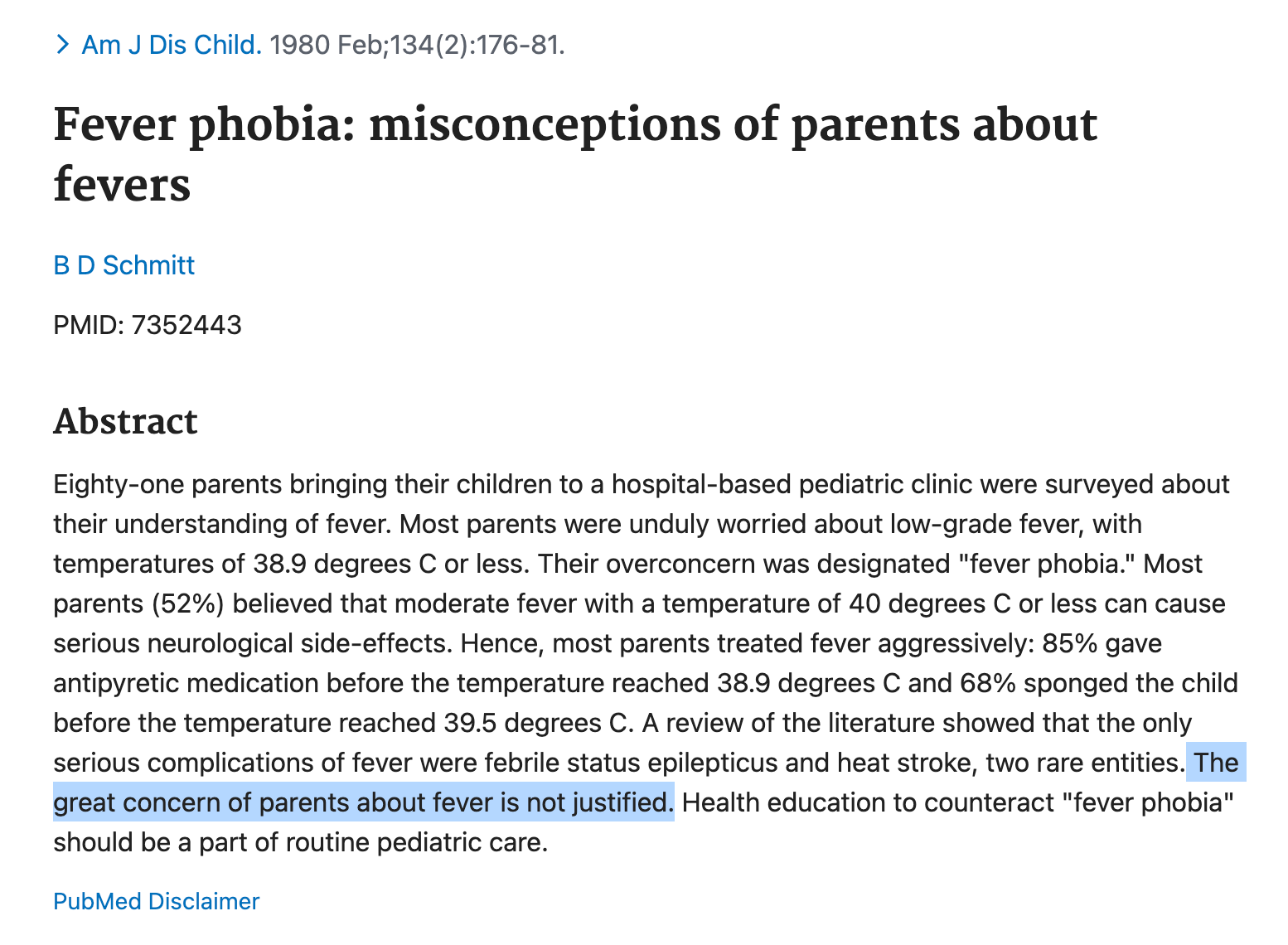
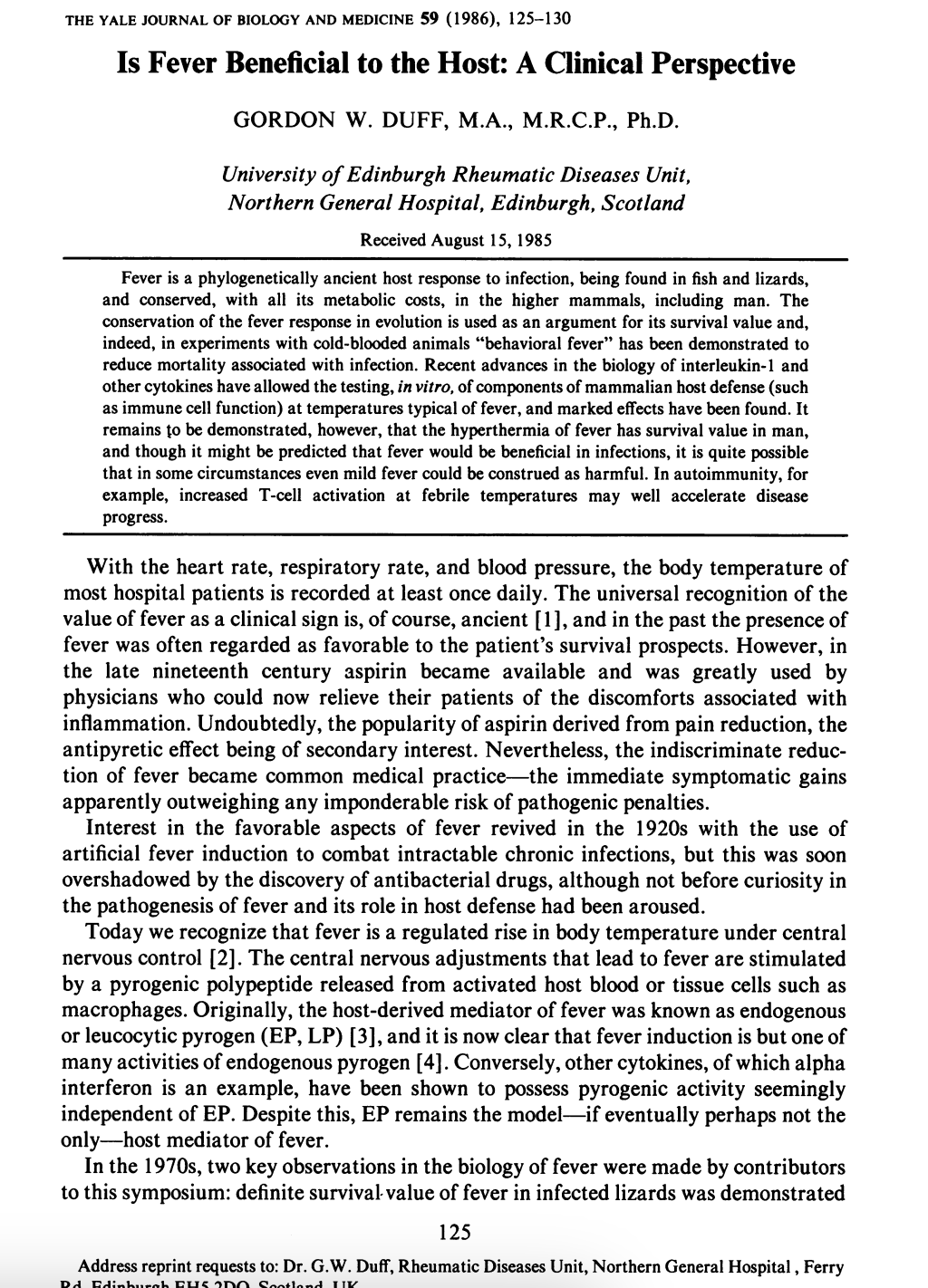




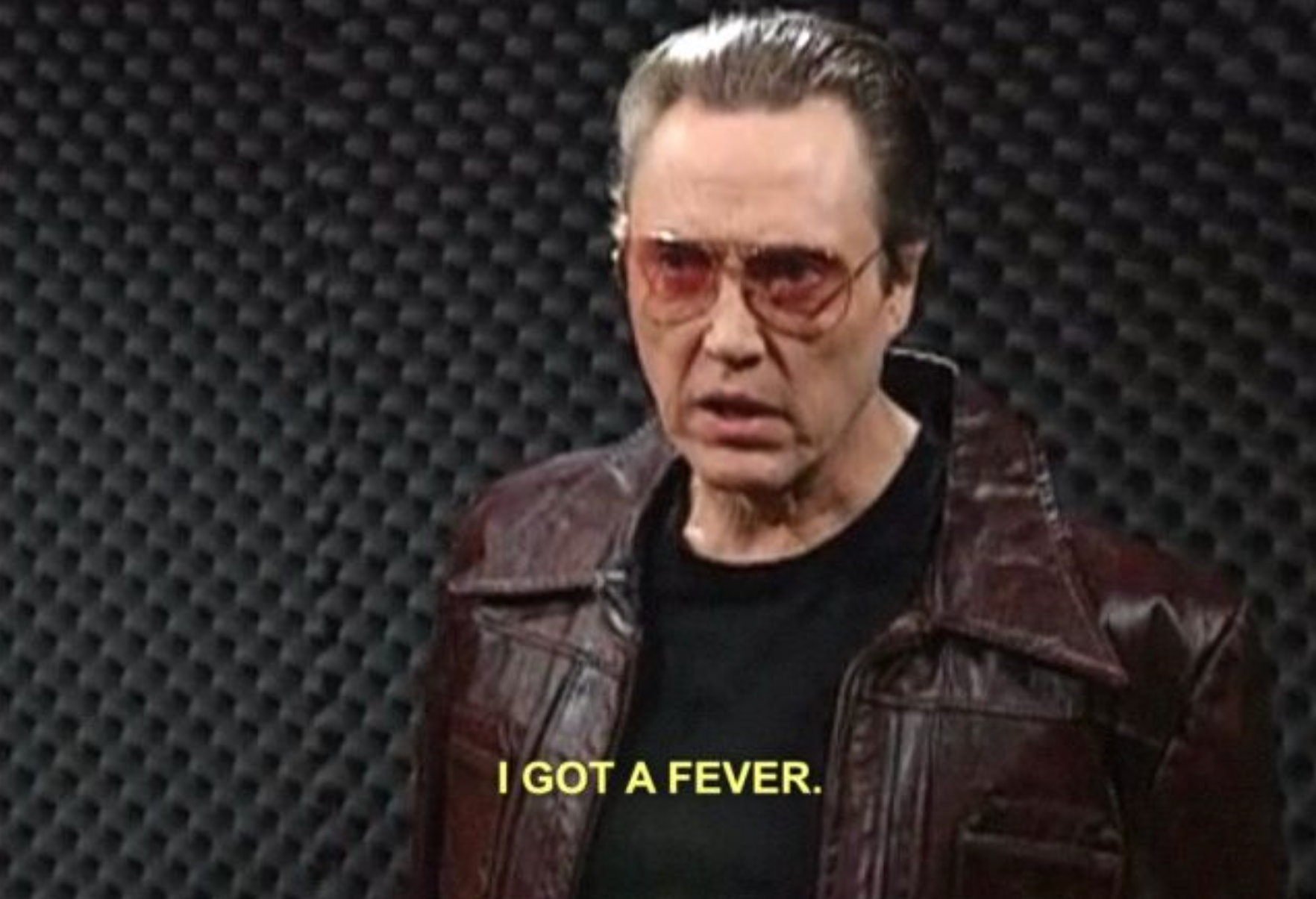


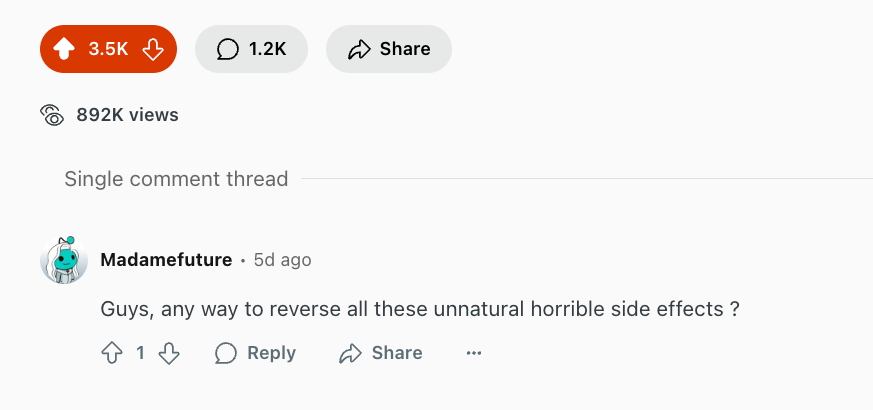





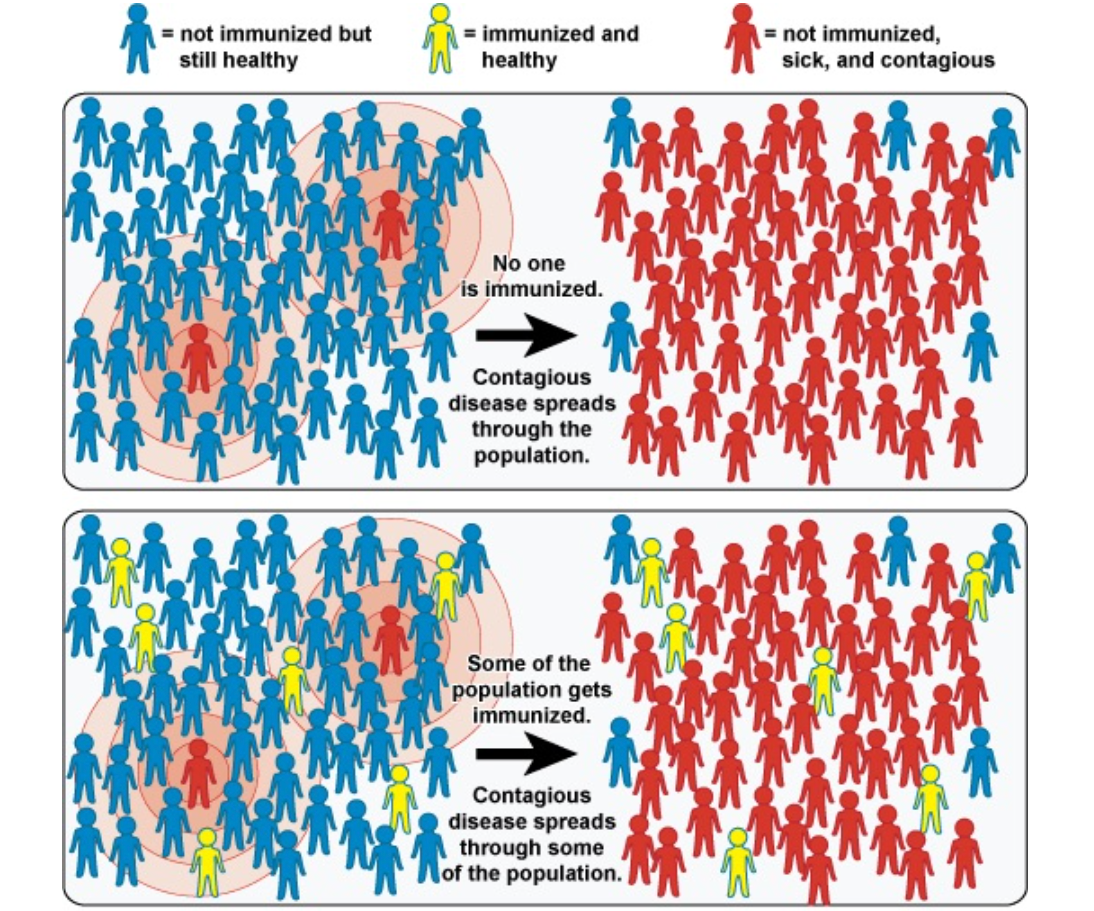
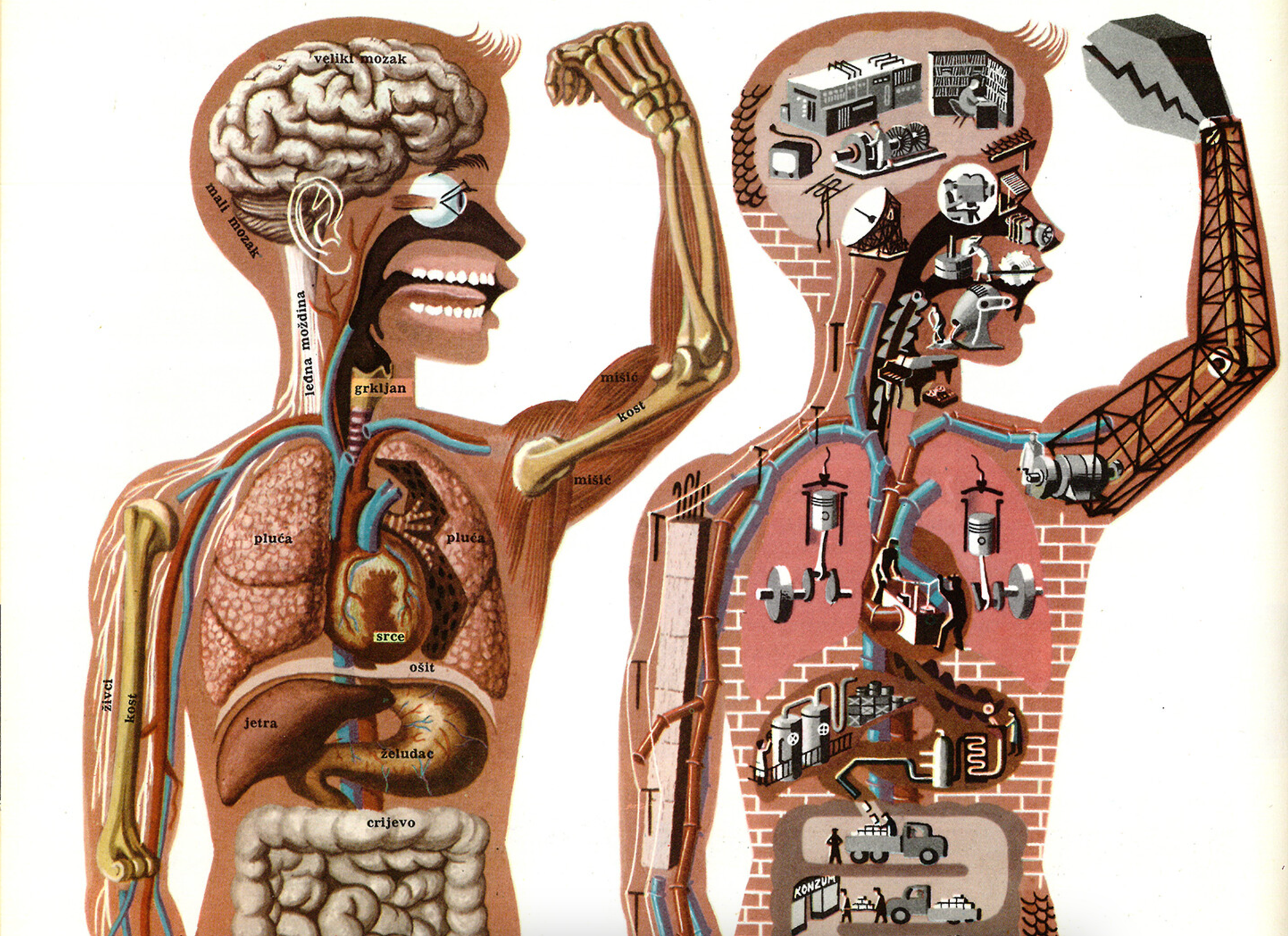


Discussion